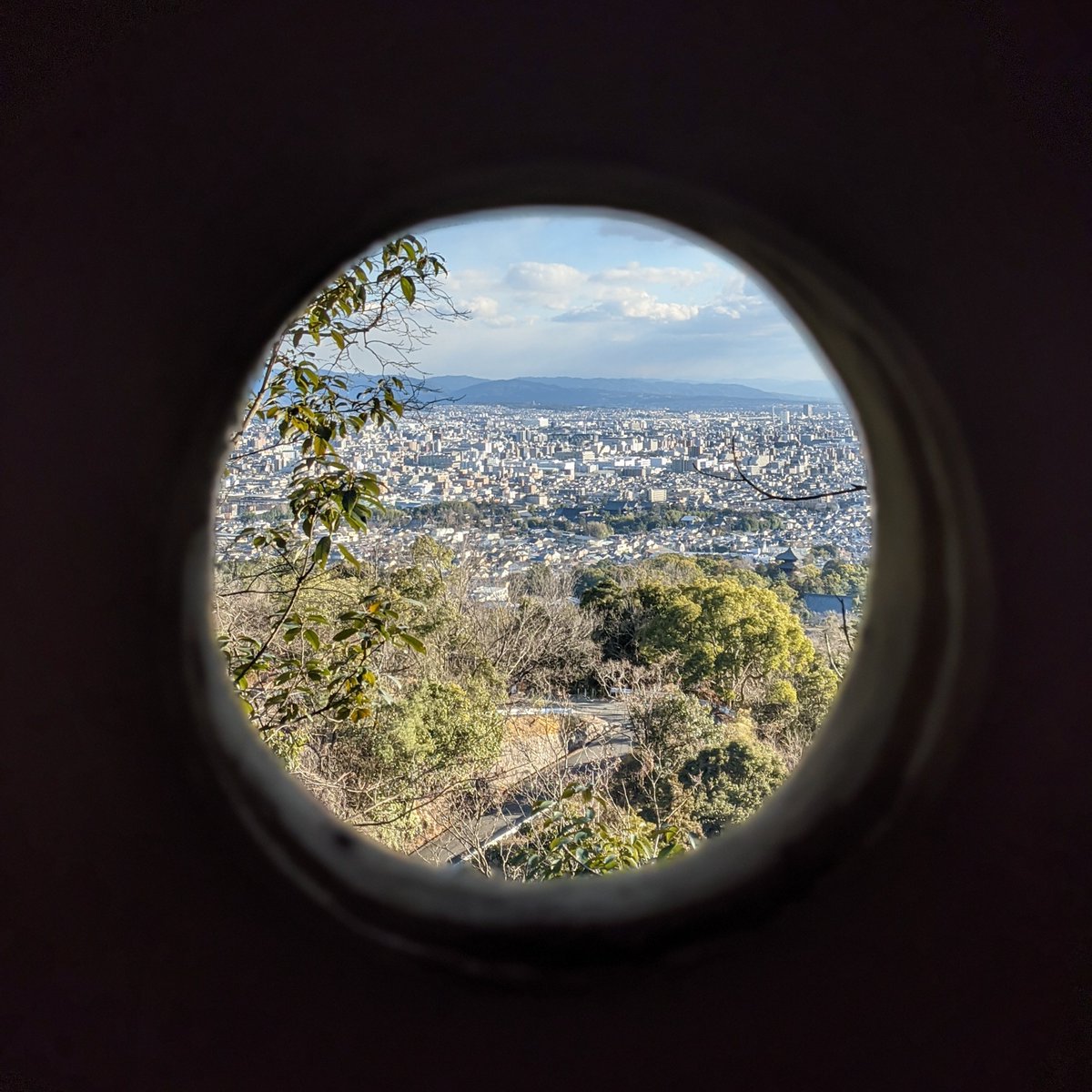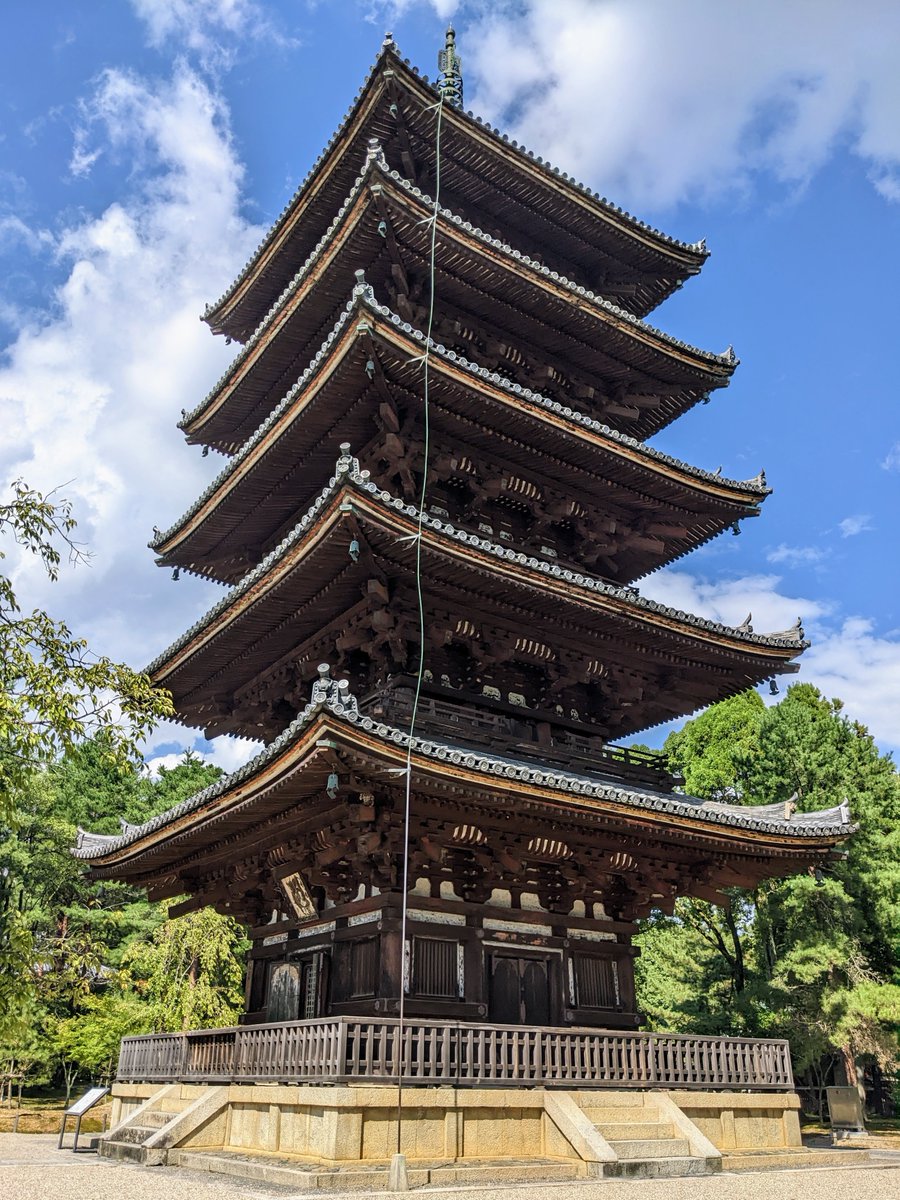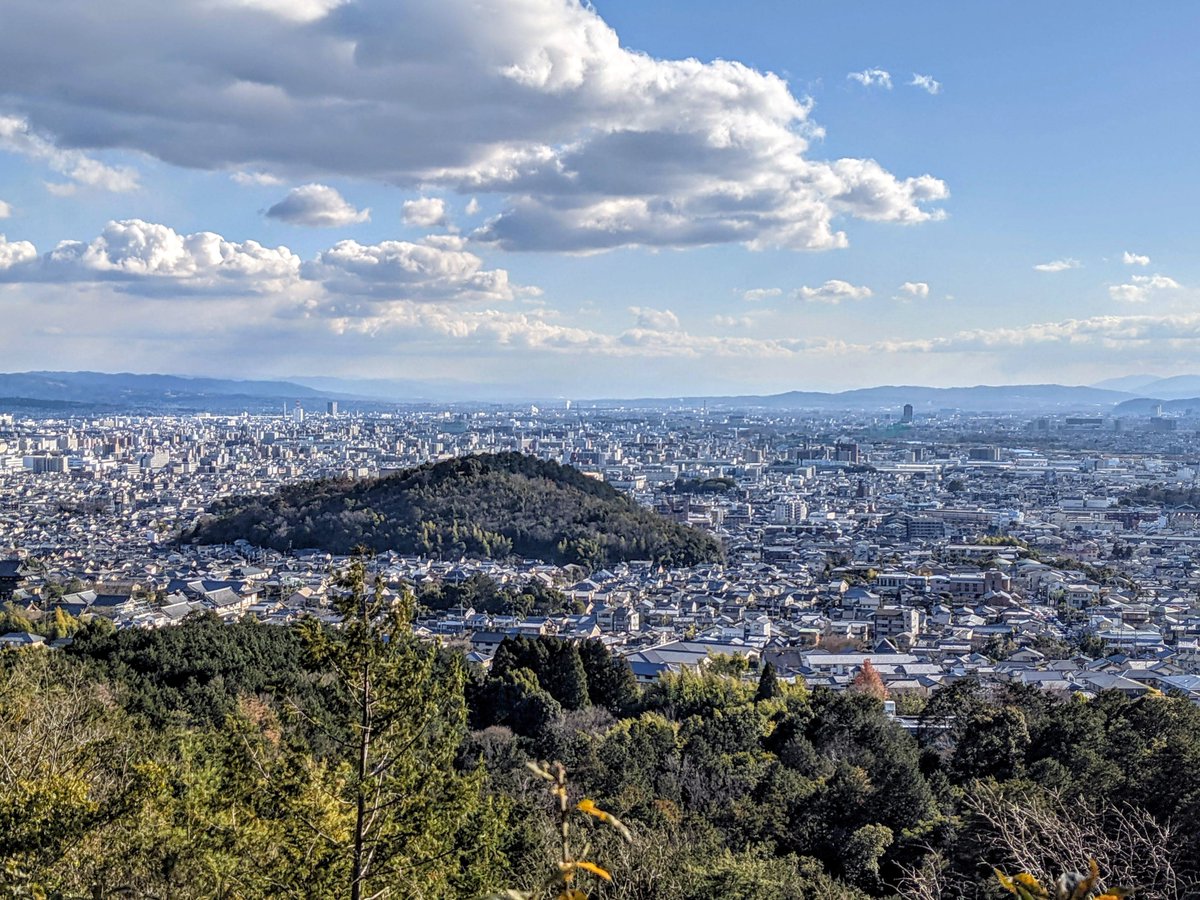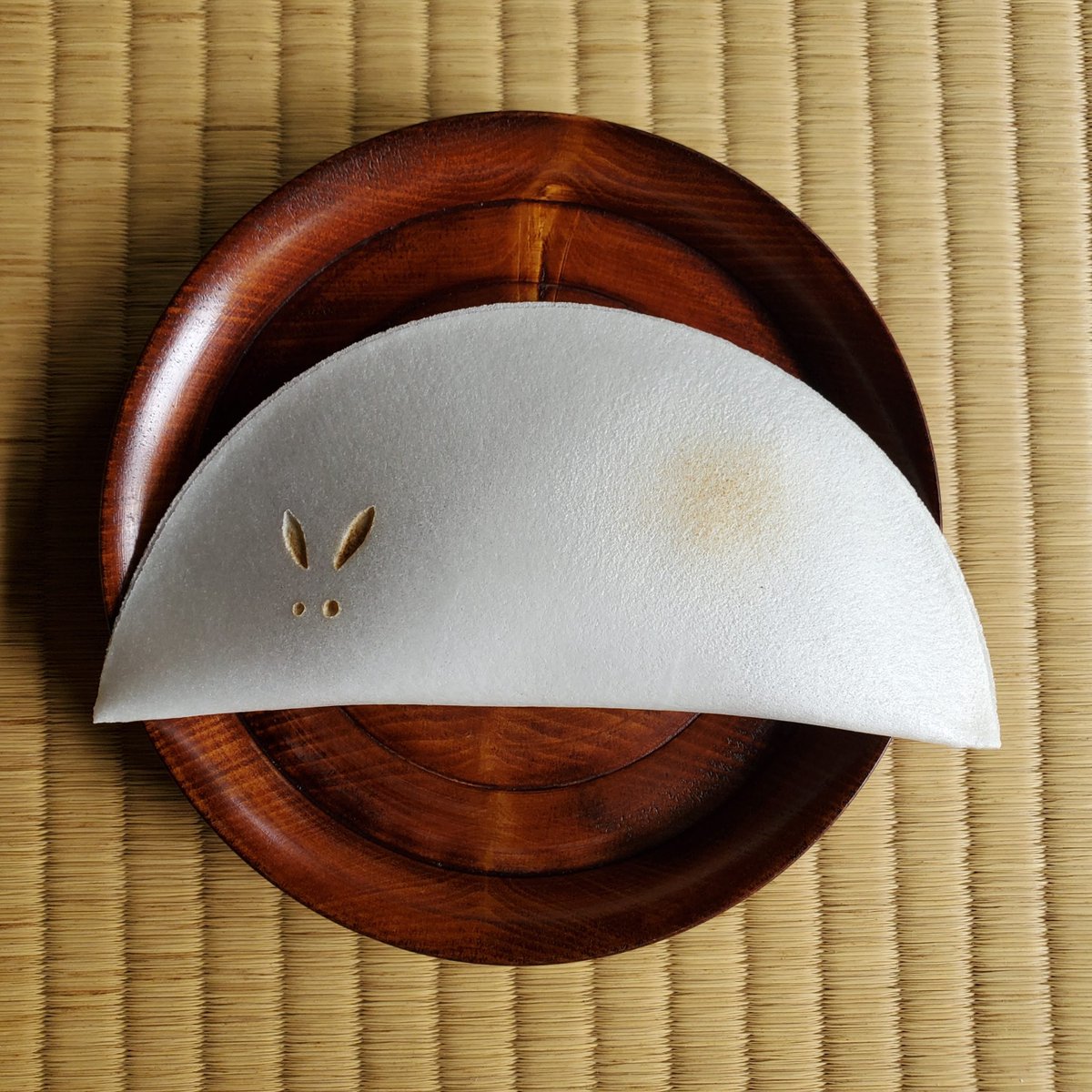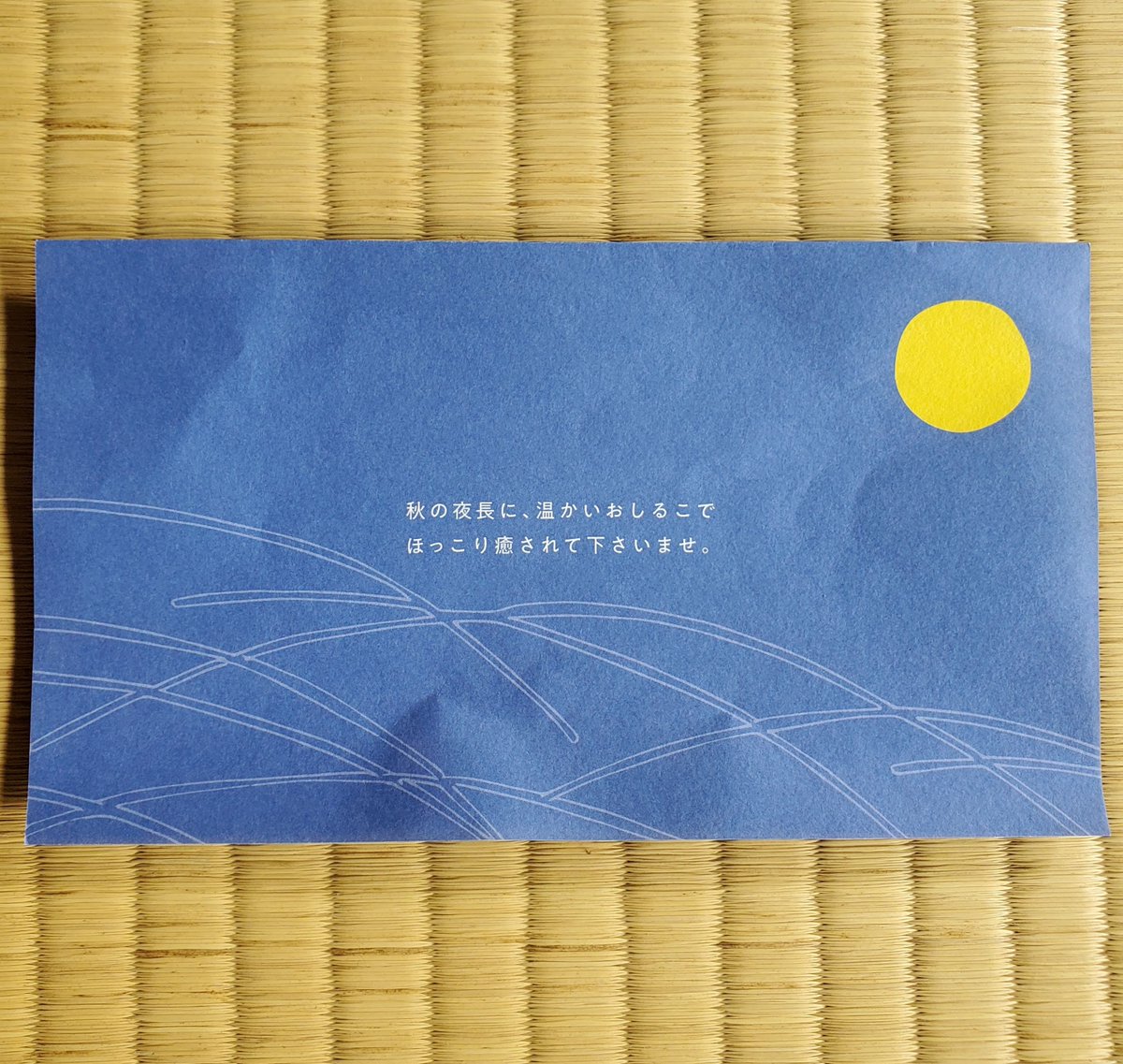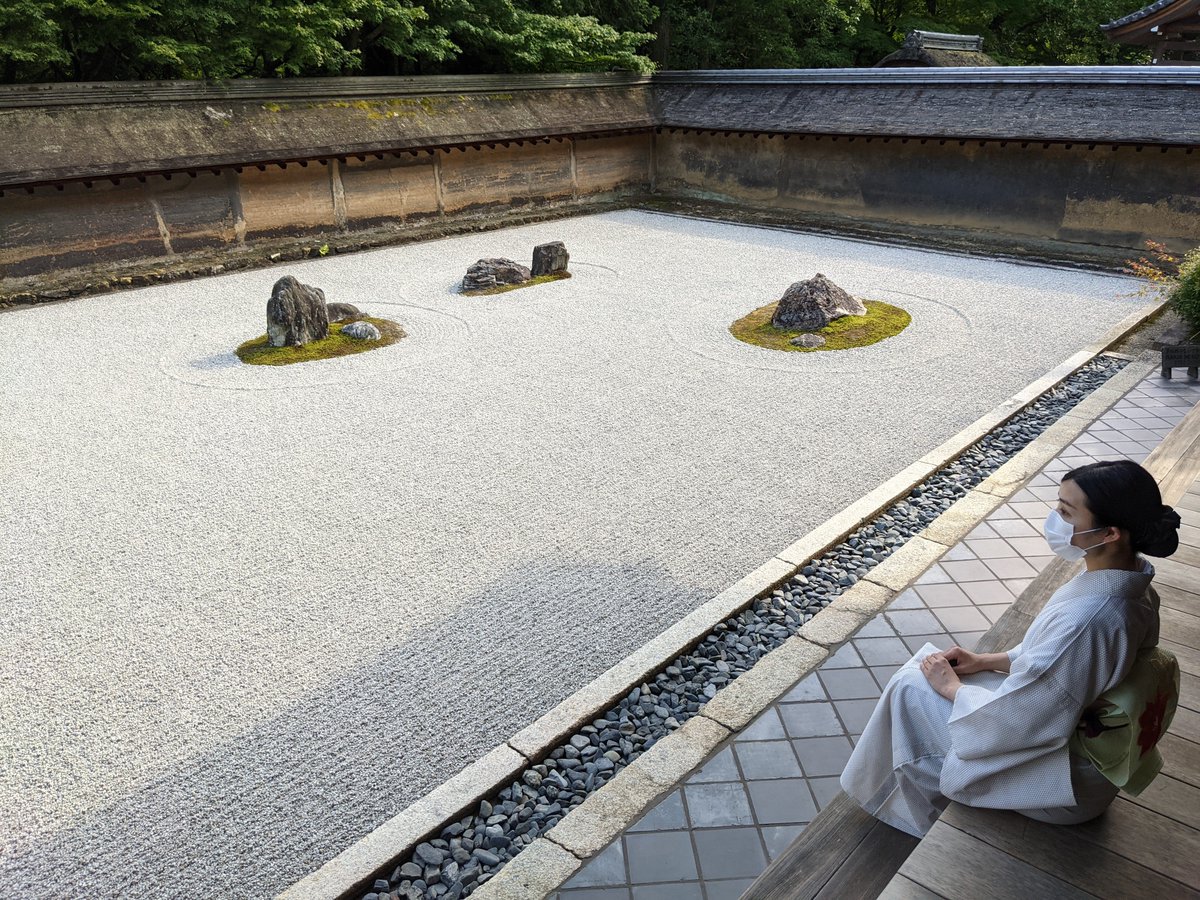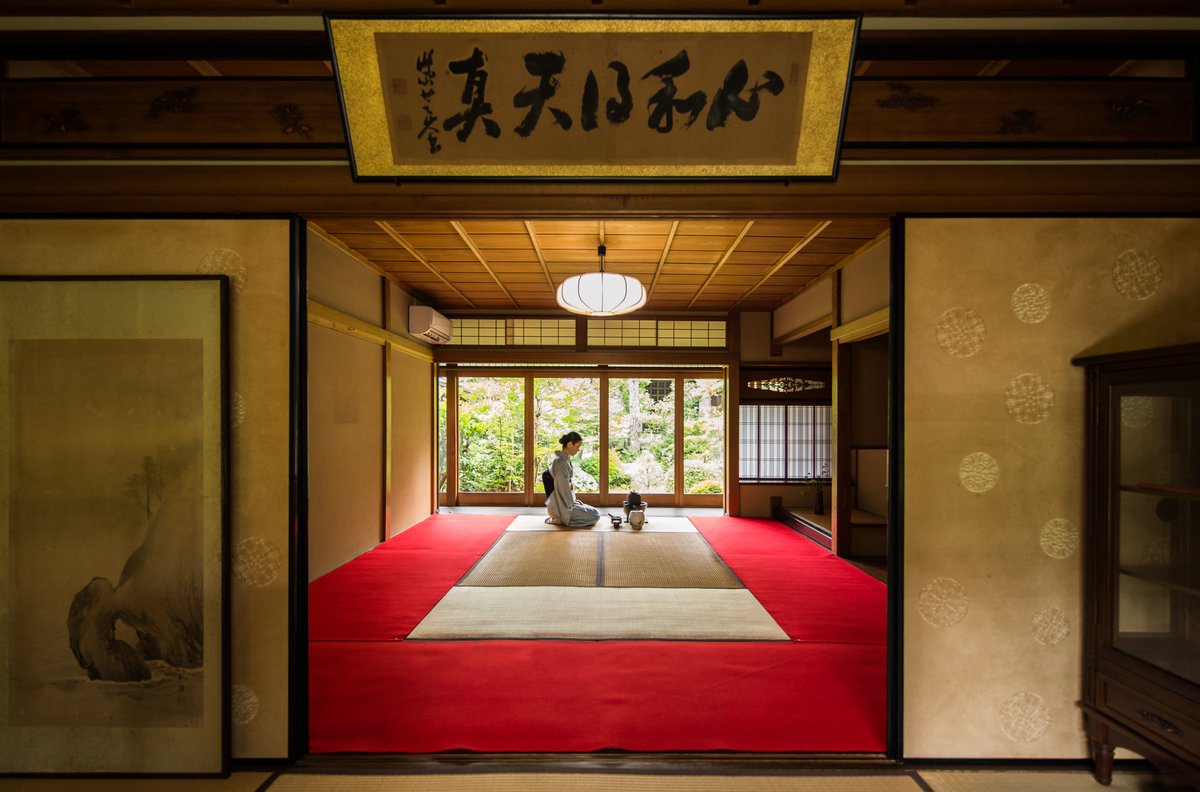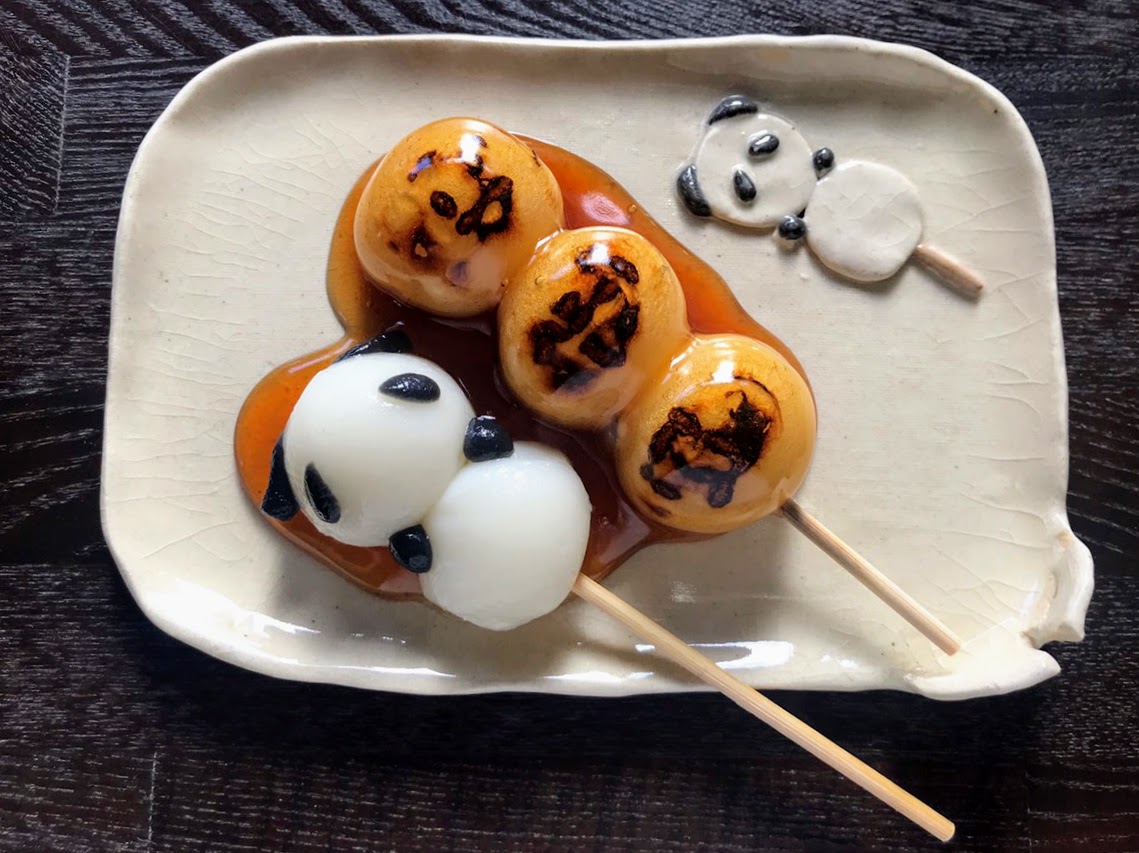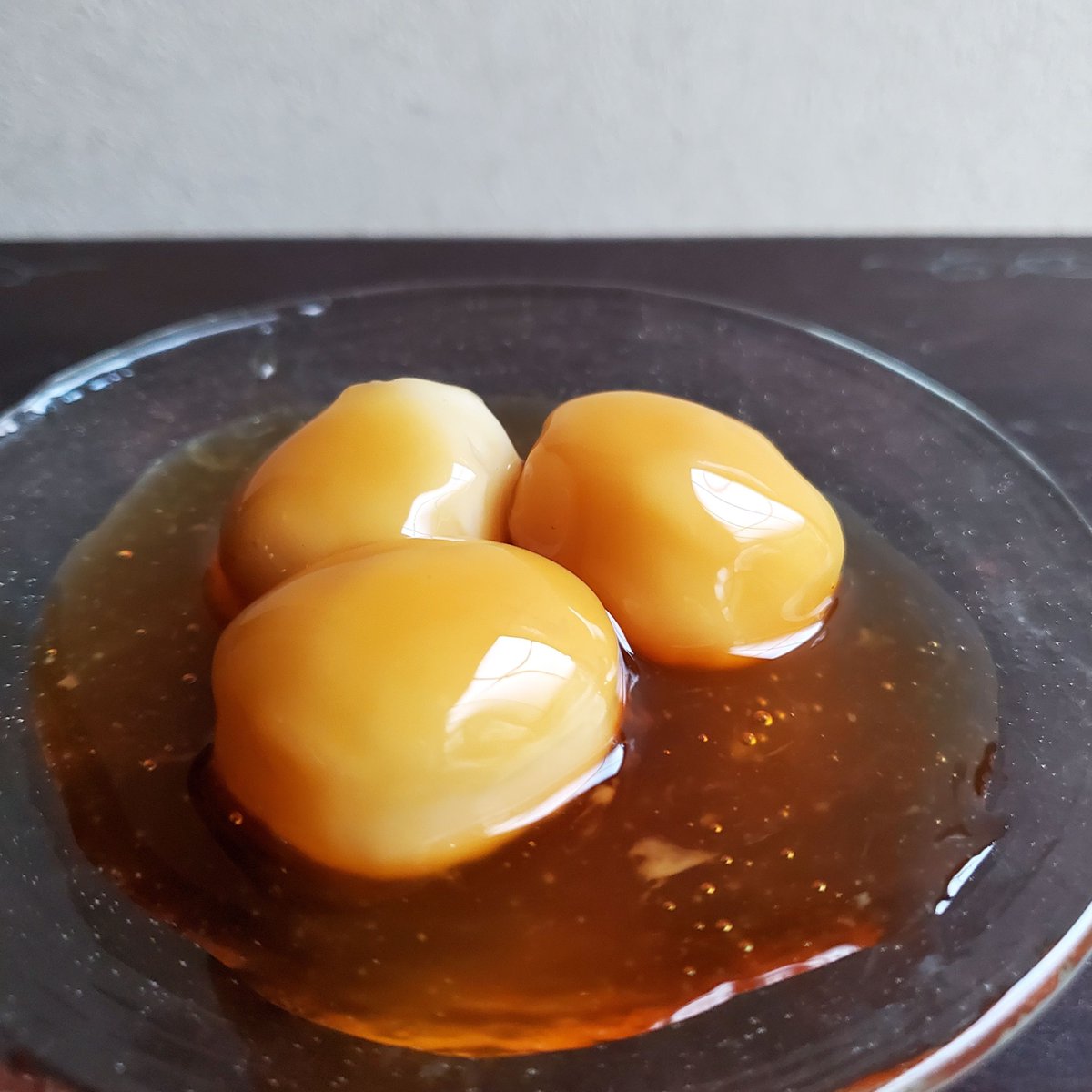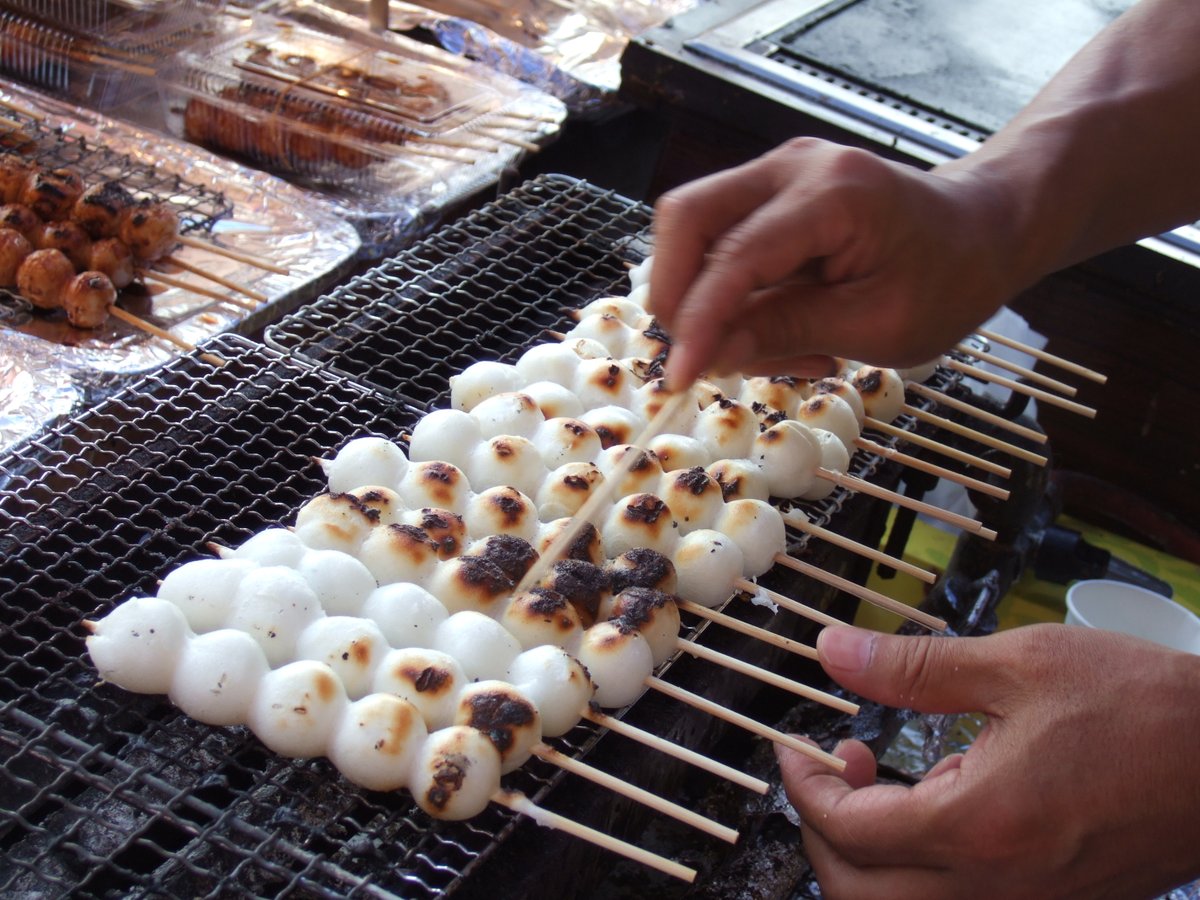
🤕SCARS OF HISTORY⚔️
Every now and then, when wandering around the city, you can actually see historical moments captured in time.
A good example of this are the sword marks on Sanjō Bridge's balustrade caps. These were from the 'Noticeboard Incident' of September 12th 1866.



Every now and then, when wandering around the city, you can actually see historical moments captured in time.
A good example of this are the sword marks on Sanjō Bridge's balustrade caps. These were from the 'Noticeboard Incident' of September 12th 1866.

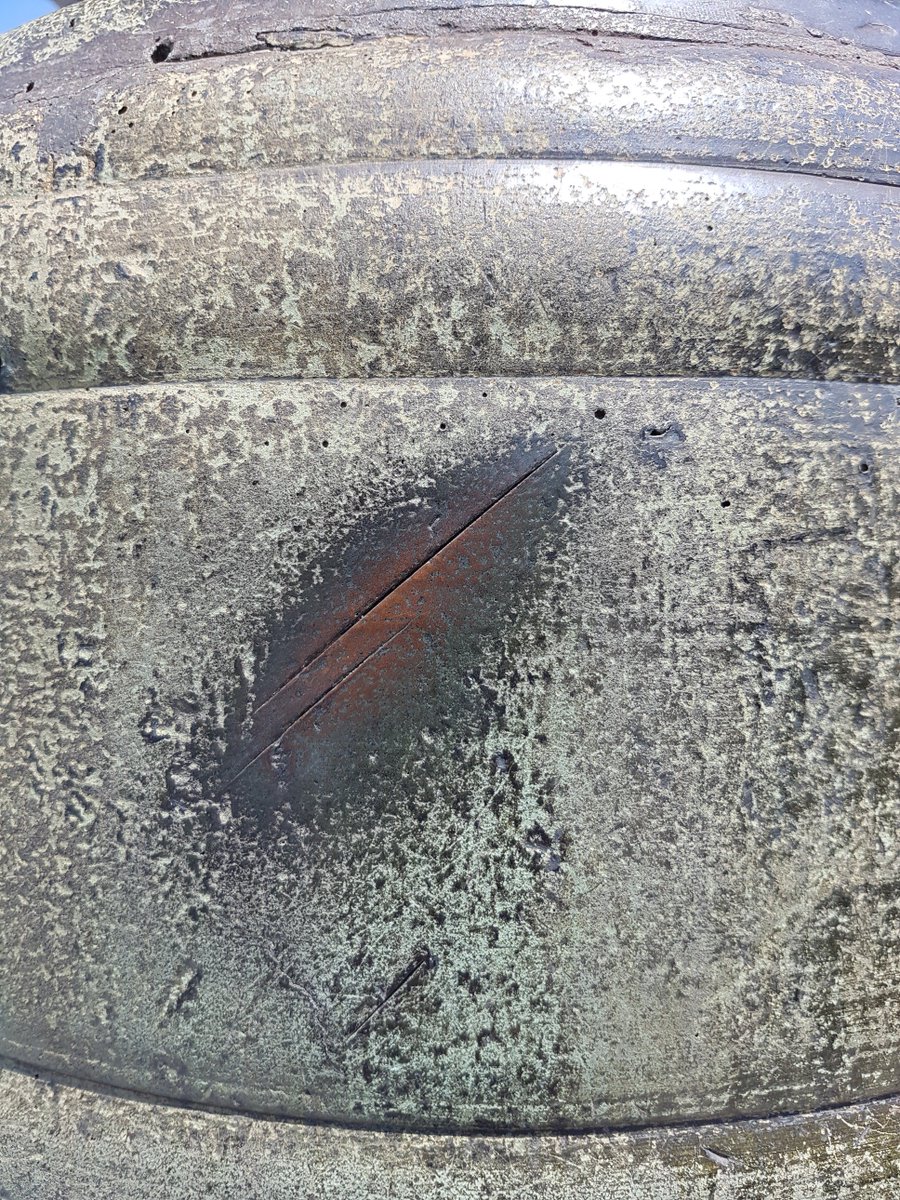


In the summer of 1866 an official signboard was erected by Sanjō Bridge, calling Chōshū Domain (長州藩) an enemy of the imperial court.
On September 10th, after anti-shōgunate rebels tore the sign down for a second time, the government ordered the Shinsengumi to guard the bridge.



On September 10th, after anti-shōgunate rebels tore the sign down for a second time, the government ordered the Shinsengumi to guard the bridge.




At midnight on September 12th (October 20th - modern calendar), 8 men from Tosa Domain (土佐藩) arrived to destroy the noticeboard but were surprised by 34 Shinsengumi soldiers!
The Tosa ringleader, Fujisaki Kichigorō (藤崎吉五郎 1845-66), was killed, but 5 of his men escaped.



The Tosa ringleader, Fujisaki Kichigorō (藤崎吉五郎 1845-66), was killed, but 5 of his men escaped.


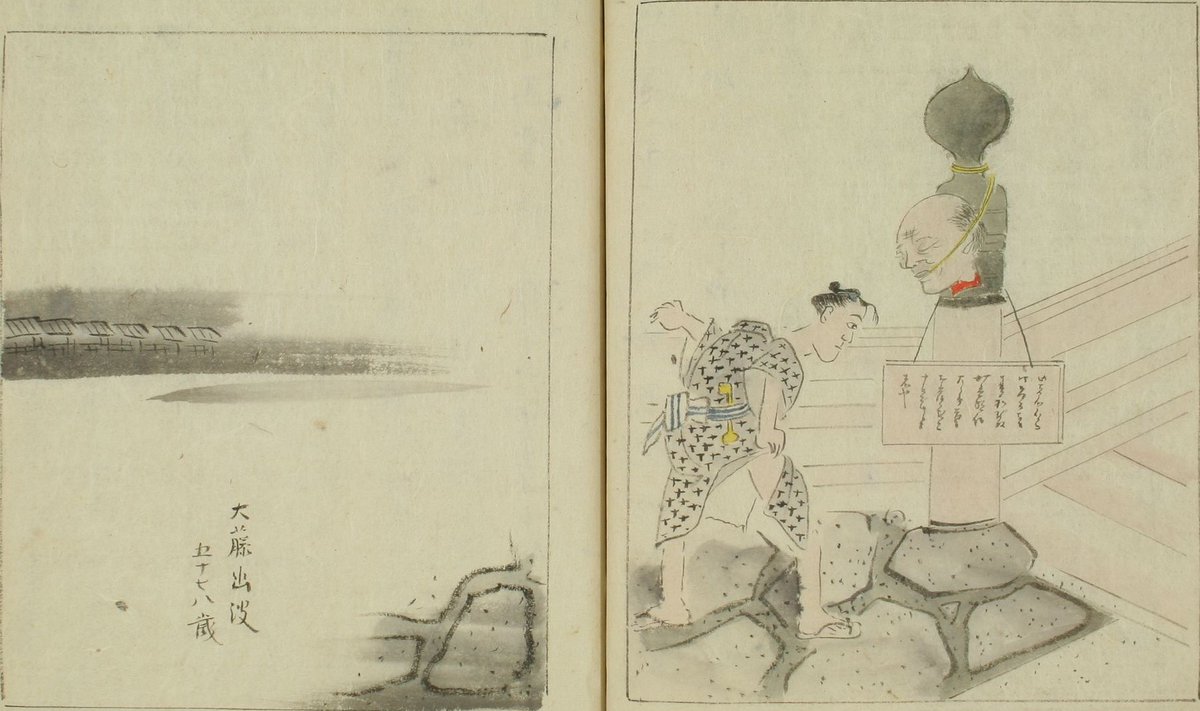

During the fierce fighting sword marks were left on the bridge's balustrades and ornamental toppers (擬宝珠).
Interestingly, following the incident Tosa Domain abandoned the fashion of wearing long swords after they discovered the weapons were awkward to use in close combat.



Interestingly, following the incident Tosa Domain abandoned the fashion of wearing long swords after they discovered the weapons were awkward to use in close combat.




While it was a win for the Shinsengumi (surprisingly narrow, given their numbers), there were problems within the ranks.
Ōishi Kuwajirō (大石鍬次郎), one of the Shinsengumi leaders, was late because of the cowardly behavior of Asano Kaoru (浅野薫). As a result Asano was banished.
Ōishi Kuwajirō (大石鍬次郎), one of the Shinsengumi leaders, was late because of the cowardly behavior of Asano Kaoru (浅野薫). As a result Asano was banished.
At the east end of Sanjō Bridge is a statue of Takayama Hikokurō (高山彦九郎 1747-93), 1 of the '3 Eccentrics of the Kansei era' (寛政の三奇人).
Whilst studying as a young man in Kyōto, Takayama took particular affront to government's erosion of the imperial family's prestige.



Whilst studying as a young man in Kyōto, Takayama took particular affront to government's erosion of the imperial family's prestige.




Legend has it that in 1784, upon arriving in the capital at Sanjō Bridge, Takayama spotted a burnt portion of the palace, left decrepit for many years because the government would not fund rebuilding.
He got down on his hands and knees as a show of his disgust for the Tokugawa.



He got down on his hands and knees as a show of his disgust for the Tokugawa.




Inspired by the Taiheiki (太平記), Takayama traveled extensively to preach imperial devotion and to call for the restoration of imperial rule. 5 times he performed a symbolic show of deference at Sanjō Bridge.
On August 4th 1793, tracked by Tokugawa agents, he committed seppuku.



On August 4th 1793, tracked by Tokugawa agents, he committed seppuku.




Takayama's pleas fell on deaf ears, and rumors of his odd behavior turned him into an eccentric in many people's eyes.
It is said he would sneak into Tōji-in and furiously whip the grave of Ashikaga Takauji (the Tokugawa claimed descent from the Takauji, Kyōto's first shōgun).



It is said he would sneak into Tōji-in and furiously whip the grave of Ashikaga Takauji (the Tokugawa claimed descent from the Takauji, Kyōto's first shōgun).




😂THE LAUGHING DUO👣
Standing at the west end of Sanjō Bridge are statues of Yajirobee (彌次郎兵衛) and Kitahachi (喜多八), protagonists in Jippensha Ikku's (十返舎一九 1765–1831) part-comic, part-travelogue "Shank's Mare" (東海道中膝栗毛 "Tōkaidōchū Hizakurige"-written 1802-22).



Standing at the west end of Sanjō Bridge are statues of Yajirobee (彌次郎兵衛) and Kitahachi (喜多八), protagonists in Jippensha Ikku's (十返舎一九 1765–1831) part-comic, part-travelogue "Shank's Mare" (東海道中膝栗毛 "Tōkaidōchū Hizakurige"-written 1802-22).




The picaresque novel describes the pair's misadventures as they travel between Edo (their home) and Ise Jingū (伊勢神宮), unintentionally ending up in Kyōto at one point.
As a travelogue, it details famous landmarks at each of the 53 post towns along the Tōkaidō Road (東海道).



As a travelogue, it details famous landmarks at each of the 53 post towns along the Tōkaidō Road (東海道).




Most of Sanjō Ōhashi's (三条大橋) giboshi (擬宝珠) are originals, engraved with...
"The capital's Sanjō Bridge shall deliver those who cross it for generations to come...this is the first stone pillar bridge in all Japan! First built during the Toyotomi reign by Masuda Nagamori".



"The capital's Sanjō Bridge shall deliver those who cross it for generations to come...this is the first stone pillar bridge in all Japan! First built during the Toyotomi reign by Masuda Nagamori".




👆THE PILGRIMS' SCRATCH⚡️
Kiyomizu-dera (清水寺) has given birth to 2 famous idioms.
1) 'To jump off the stage at Kiyomizu' (清水の舞台から飛び降りる) is similar to the English expression 'taking the plunge'.
We discussed the stage jumping here🪂⬇️
#京都



Kiyomizu-dera (清水寺) has given birth to 2 famous idioms.
1) 'To jump off the stage at Kiyomizu' (清水の舞台から飛び降りる) is similar to the English expression 'taking the plunge'.
We discussed the stage jumping here🪂⬇️
https://twitter.com/camelliakyoto/status/1519104289708281857?s=20
#京都




2) 'Circling the temple hall' (堂々巡り 'dōdō-meguri') is like the English phrase 'going around in circles'.
The idiom is a reference to the pilgrims that would circle the temple's main hall (often many hundreds of times), whilst praying, as an act of piety.
#Kyoto #京都 #Japan



The idiom is a reference to the pilgrims that would circle the temple's main hall (often many hundreds of times), whilst praying, as an act of piety.
#Kyoto #京都 #Japan




On the east side of Kiyomizu-dera's main hall, on a beam below the latticed shutters, is a long, deep scratch (堂々巡り筋痕). It was created by the countless rosary beads rubbed against the wood so that worshippers could feel their way around the hall in the dark.
#清水寺 #Kyoto

#清水寺 #Kyoto


A more fanciful legend explains that Benkei (武蔵坊弁慶 1155–89) accidentally scratched the wood when he was pestering Minamoto-no-Yoshitsune (源義経 'Ushiwakamaru') at Kiyomizu-dera.
Benkei's battle with Ushiwakamaru⚔️⬇️
#Kyoto #京都 #Japan #清水寺



Benkei's battle with Ushiwakamaru⚔️⬇️
https://twitter.com/camelliakyoto/status/1493837806019383296?s=20&t=HdN08YDkgCtAL_tRRUDLqg
#Kyoto #京都 #Japan #清水寺




🩸A POINTLESS WAR🔥
The Ōnin War (応仁の乱 1467-77) was the greatest calamity to have ever struck Kyōto...a succession issue that grew into all out civil war, and 10 years of sporadic violence that destroyed most of the city (and its precious treasures).
#Kyoto #京都 #応仁の乱



The Ōnin War (応仁の乱 1467-77) was the greatest calamity to have ever struck Kyōto...a succession issue that grew into all out civil war, and 10 years of sporadic violence that destroyed most of the city (and its precious treasures).
#Kyoto #京都 #応仁の乱




Because it was so destructive, there are very few physical remains from the war...but Daihōon-ji's (大報恩寺) main hall miraculously bears some scars.
Constructed in 1227, it is the oldest surviving building within the old city limits.
➡️
#Kyoto #Japan



Constructed in 1227, it is the oldest surviving building within the old city limits.
➡️
https://twitter.com/camelliakyoto/status/1453509760917991425?s=20&t=nGjYVYofVyybdmKnBtW37g
#Kyoto #Japan




It's a miracle that the original hall survived to this day.
Yamana Sōzen (山名宗全 1404-73), leader of the Western Camp in the Ōnin War, was determined to protect the temple (his grandfather was buried here).
It was one of only a few buildings in Kyōto to survive the conflict.
Yamana Sōzen (山名宗全 1404-73), leader of the Western Camp in the Ōnin War, was determined to protect the temple (his grandfather was buried here).
It was one of only a few buildings in Kyōto to survive the conflict.
Photo/image thanks🙇♂️-
otakinen-museum.note.jp,
ja.ukiyo-e.org,
harashobo.com
(Ukiyo-e)
kyotojisyanabi.com,
creators.yahoo.co.jp/kozushokairica…,
jyuzujyunrei.com/temple/1082.ht…
(Senbon Shaka-do/Daihoon-ji)
otakinen-museum.note.jp,
ja.ukiyo-e.org,
harashobo.com
(Ukiyo-e)
kyotojisyanabi.com,
creators.yahoo.co.jp/kozushokairica…,
jyuzujyunrei.com/temple/1082.ht…
(Senbon Shaka-do/Daihoon-ji)

The hall may have survived the 10 year civil conflict, but inside many of the pillars are scarred with sword marks (still visible).
It shows how violent fighting was in the Ōnin War. There were running battles not only through the temple grounds, but through its actual buildings!



It shows how violent fighting was in the Ōnin War. There were running battles not only through the temple grounds, but through its actual buildings!




• • •
Missing some Tweet in this thread? You can try to
force a refresh





